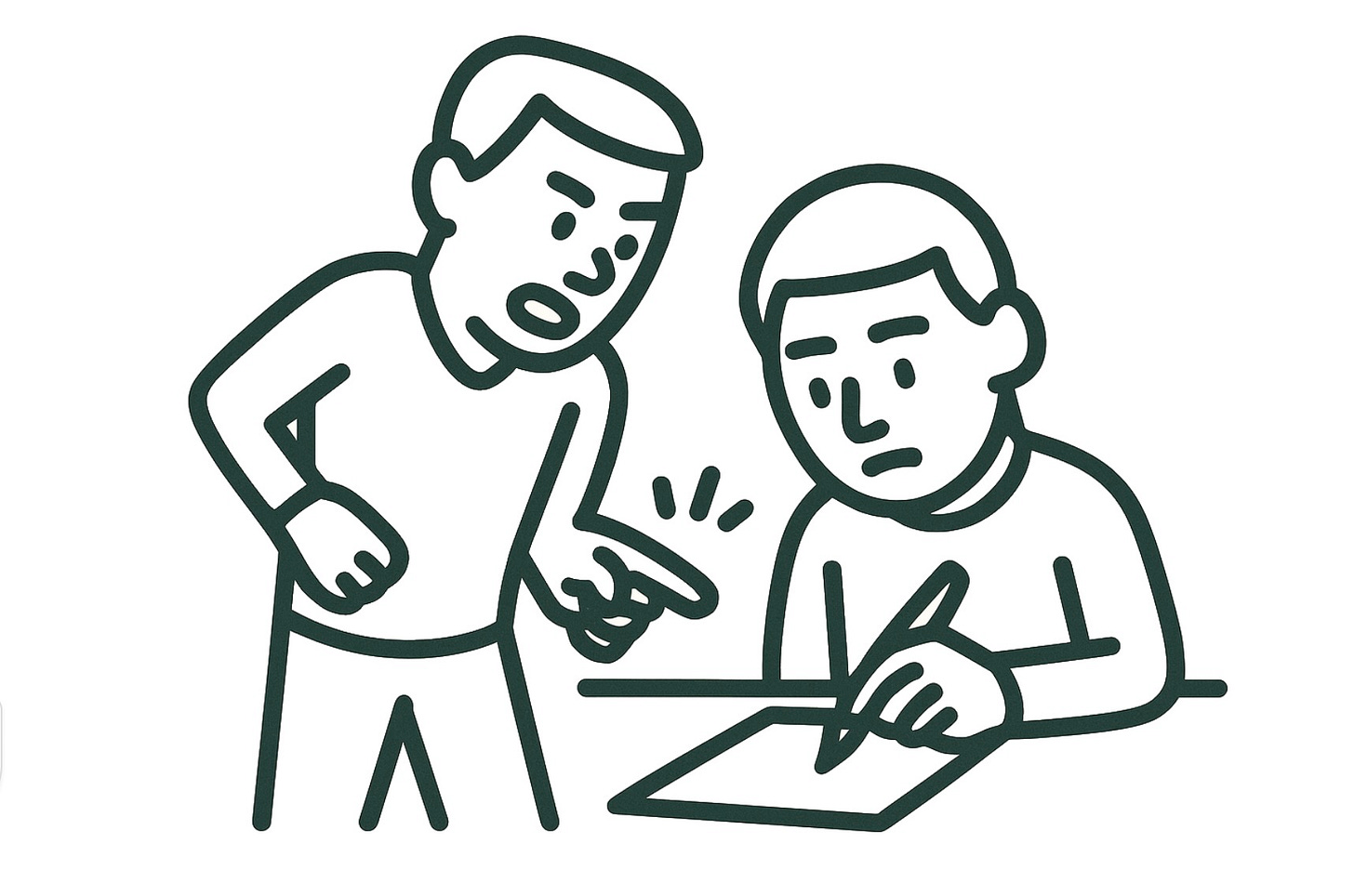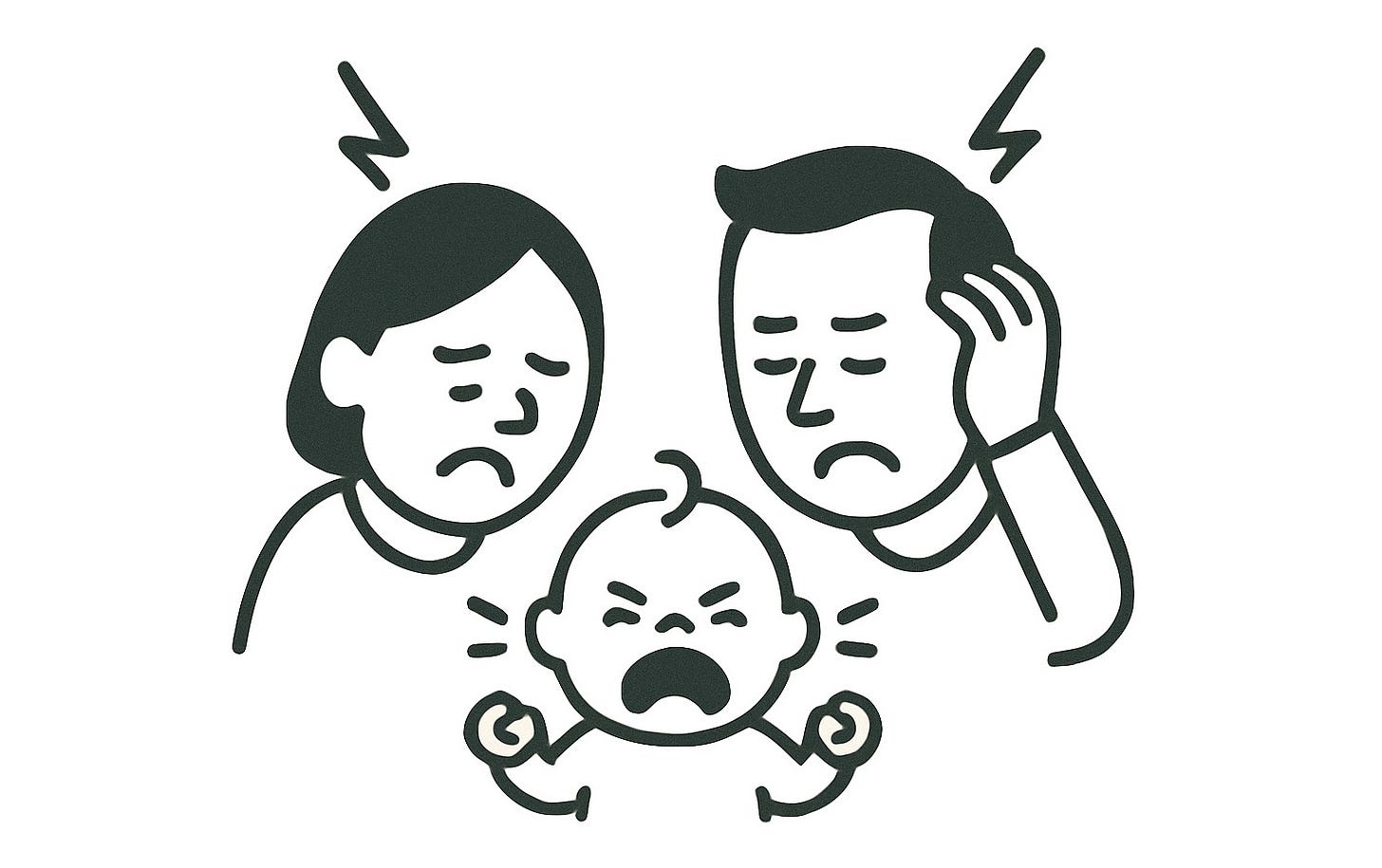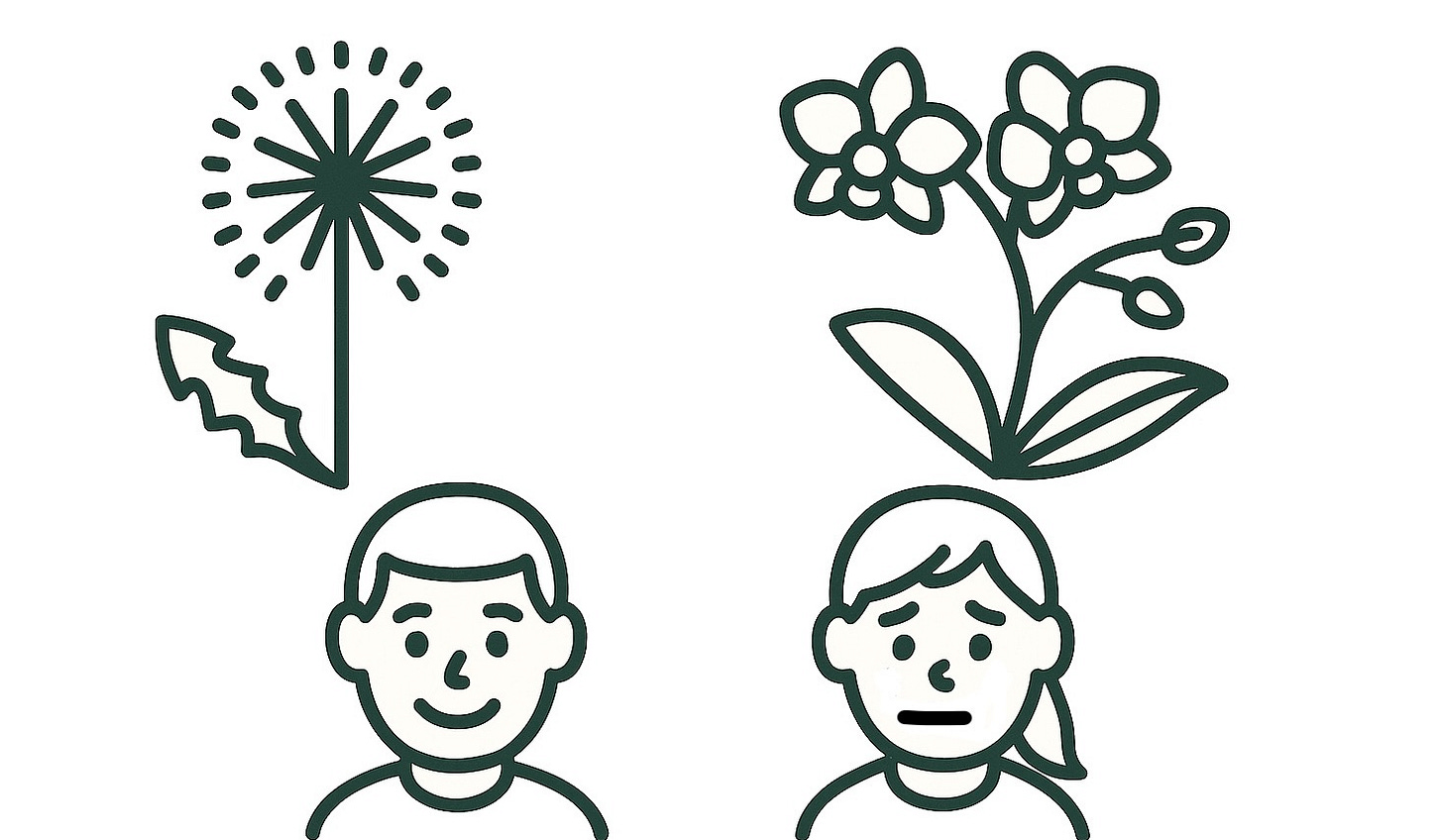Born to Feel
How we know high sensitivity is a default setting for Feelers.
This is the fourth post of the Feeler Vibe series. So far, we have covered:
Next, we’ll close the series and keep pushing toward the final vibe: The Performer.
The Curse of Left-Handedness
I was born left-handed. I didn’t choose it, and I can’t control it. It’s a default setting that differentiates me from about 90% of people. I was lucky to be born in an era where my dominant hand was not an issue. People born before me were not so fortunate.
For centuries, left-handedness was unacceptable and seen as either a sign of evil or something to be corrected. The word “sinister” comes from the Latin word sinistra, meaning “left.” In schools, kids were sometimes beaten for using the hand that came naturally to them. This practice mostly ended in the mid-1900s, as left-handedness became accepted as normal.
When a person’s default settings do not match society’s expectations, it can cause problems. Being right-handed seems so natural that left-handed must be wrong. Again, egocentricity, our natural tendency to assume everyone experiences the world like us, is at play.
I didn’t have to hide my left-handedness, but many before me did. We all have instincts, ideas, and behaviors that we keep hidden, not because they are inherently bad, but because revealing them might be embarrassing or result in problems.
A few examples:
Fears or phobias
Neurodiversity (dyslexia, color blindness, stuttering, etc.)
Sexual orientation or attraction
Gender non-conformity
Like left-handedness, these default settings are often authentic to the person and not an act. When their natural way of being is unacceptable to society, it can become a source of anxiety or even shame; something that cannot be revealed. Thankfully, we’ve made strides in recognizing these differences as more normal.
Feeler as a Default Setting
Many Feelers and highly sensitive people experience this problem. They didn’t choose to be sensitive. Their nervous systems perceive and respond to the world with greater intensity. The volume on sights, sounds, smells, feelings, and other people’s emotions is turned up. They startle easily. They absorb others’ moods.
To people with normal sensitivity, this reality can be difficult to understand. It seems like a choice, or a matter of making up one’s mind. The fact is, it’s not weakness or disorder. It’s a temperament and a normal part of being human.
How do we know it’s real? Because we can observe and measure it.
Neuroscientist Bianca Acevedo, using fMRI, found that people with high scores on the Highly Sensitive Person (HSP) scale showed stronger activation in brain regions linked to empathy, awareness, and self-other processing. These are hallmarks of Sensory Processing Sensitivity (SPS). From the paper’s abstract:
“These results provide evidence that awareness and responsiveness are fundamental features of SPS, and show how the brain may mediate these traits.”
But we don’t need fMRI to know it’s real. We can see sensitivity in babies and children.
Sensitive from Birth
While researching sensitivity, I spoke with my nephew Casey, who is ten years younger than I am. I mentioned the traits of Highly Sensitive People: heightened awareness, deep feeling, being easily overwhelmed, and being strongly reactive. I saw those traits in him.
A week later, he wrote to say his mind had been blown. He had read Elaine Aron’s The Highly Sensitive Person and finally understood something about himself, a default setting that had always been a mystery. For the first time, there was an explanation.
In the book, Aron explains that highly sensitive adults were often difficult babies who cried a lot and were hard to calm down. So Casey asked his parents about his infancy. Long story short: he cried a lot. It wasn't easy. Casey’s brother, on the other hand, was “the perfect laid-back child.”
Not long after, I talked with a friend about the Vibes Project and the Feeler Vibe. I described the Feeler as someone deeply attuned to emotion, reactive to others, and easily overwhelmed. My friend paused and said, “That’s my son.”
He told a story. While driving, they heard a news story on the radio about a robbery and a murder. A minute later, his four-year-old son was in the backseat, sobbing. “What is happening tonight?” he asked through tears. The story had cut right through him.
I asked how his son had been as a baby. “Oh,” he said, “It was hell. He cried constantly.”
These miniature versions of ourselves offer glimpses of who we are before the world intervenes. Imagine being highly sensitive and a baby. Is it any wonder they cry all the time?
The Dandelion and the Orchid
Dr. Thomas Boyce is a professor of pediatrics and psychiatry at the University of California, San Francisco. In this book, The Orchid and the Dandelion, he describes two types of children:
The Dandelion - Kids who will grow in almost any conditions.
The Orchid - Kids who are naturally sensitive and often need support.
His studies showed that kids had very different responses when facing challenges. He measured children's cortisol (a stress hormone) and fight-or-flight responses while challenging them to endure a stressful event.
He found that dandelion kids had low or normal responses when challenged. The orchid kids were different. They showed high reactivity in both cortisol levels and fight-or-flight responses. Interestingly, the orchid kids represented about 20% of those tested, which matches Dr. Aron’s estimate of the percentage of HSPs in the population.
Why does this matter? Because it shows that sensitivity and reactivity are authentic, natural responses. Babies don’t choose to cry all night. Kids don’t choose how their brains react to stress. It’s the way they are.
Feelers, orchid kids, and highly sensitive people are not likely to change easily. Rather than assuming something is wrong, it may be best to recognize their sensitivity and find ways to support them.
Read More about the Feeler Vibe:





